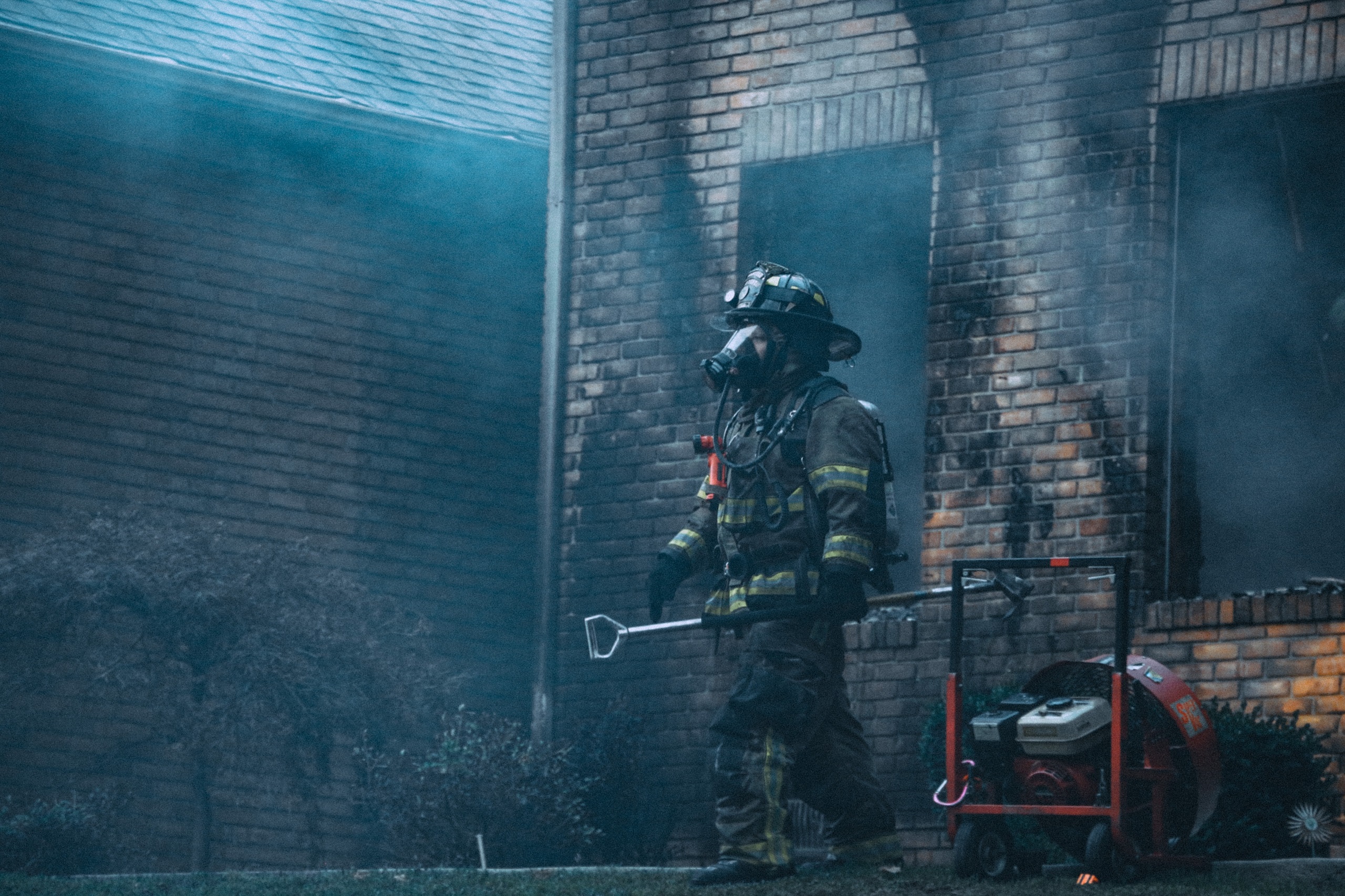Artists and arts organizations are the heart and soul of the community, but too often they are the last to recover after a crisis. Disasters are unpredictable, but you don’t have to be. Taking small steps today to prepare can mean the difference between recovering after a disaster or permanently closing the doors.
Illness, fire and natural disaster make up 69 percent of all disaster facing the arts community, according to CEFT+, a nonprofit supporting artists in readiness, relief and resilience.
You already know the basics to get ready – make a kit; make a plan; be informed, and get involved. The process of creating and implementing a plan is more important and beneficial than the actual plan itself. Identifying, understanding and preparing for risks are vital parts of management, whether you are an artist or arts organization. The next question to ask is how, as an artist or arts organization, do you take your preparedness to the next level?
The answer is simple. All disasters are local, and your preparedness plan should take these four steps to ensure your local community helps in your recovery.
Step 1: Cultivate your relationships
Who is your safety net? A pre-established relationship can mean the difference between waiting a few hours for help and waiting days or months. Your first line of support are local emergency responders. Invite your fire and police teams to tour your studio or facility. Share your emergency response plan and ask how you can make it better. Cultivating relationships with emergency responders educates them on your presence in the community and your potential needs during a disaster.
What about your colleagues? Organizations tend to compete over patron and grant dollars, but a strong network of supporters within the community can make the difference in re-opening doors in a few days or a few years. You may be a single artist or a small nonprofit, but your response power is amplified by working together. Take the first step and call your colleagues and ask them about their disaster preparedness plans and how you can help each other.
Step 2: Understand the limits of your staff
Are you counting on your staff to save your custom-made costumes during a hurricane or to rush into a flooding building to salvage your data server? Your answer should be no. Talk to your staff about their role in the preparedness and recovery plan. Their engagement and understanding of their functions and requirements are critical to its success.
Organizations are dependent on staff prior to and after a disaster. It is critical that organizations understand staffs’ personal priorities may supersede the organizations during and after a disaster. Pre-planning educates the staff on the organization’s priorities and risks and opens a dialogue to create a sustainable plan.
Step 3: Protect your data
Where does your data go? Are you prepared to respond without electricity? To be offsite for weeks or months? Artists and arts organizations must create a sustainable plan to store data and work off-site for an expanded period. You must protect your data. Does this sound redundant? It should, and redundancy should be the norm when it comes to your data. To put it another way, think about how much staff time and individual hours were invested in creating your databases.
Step 4: Ask for help early
Who you are talking to before, during and after a disaster? Remember, disasters are local so be prepared to reach out to your local community and tell them you need help. Engage the community via social media, media coverage and word of mouth. Be specific in your needs and in your communication on how the local community can help. Don’t forget to say thank you.
A good disaster preparedness plan is never a ‘one and done’ plan. It is a living and evolving document. A disaster is unpredictable. Your response to protect your art or art organization should not be.
To learn more about how to protect your art and organization, visit:
Heritage Preservation’s Alliance for Response initiative
Heritage Emergency National Task Force
American Institute For Conservation of Historic and Artistic Works
Photo by Andrew Gaines on Unsplash



Leave a Reply